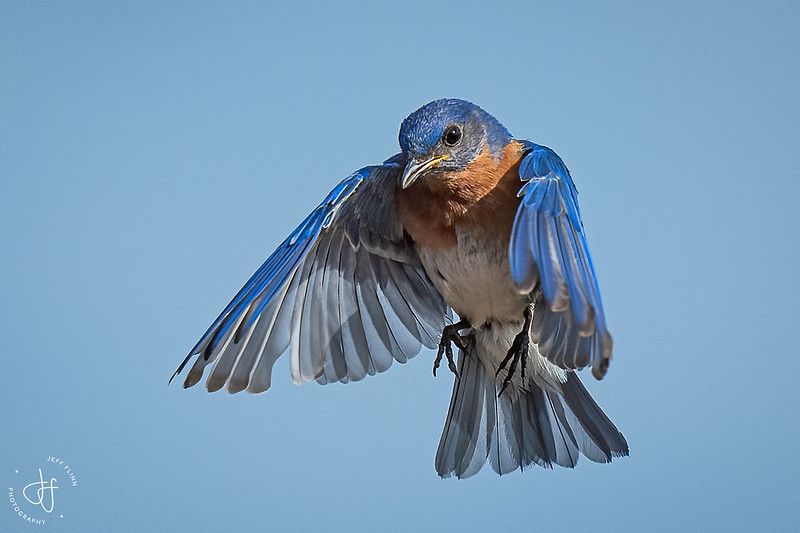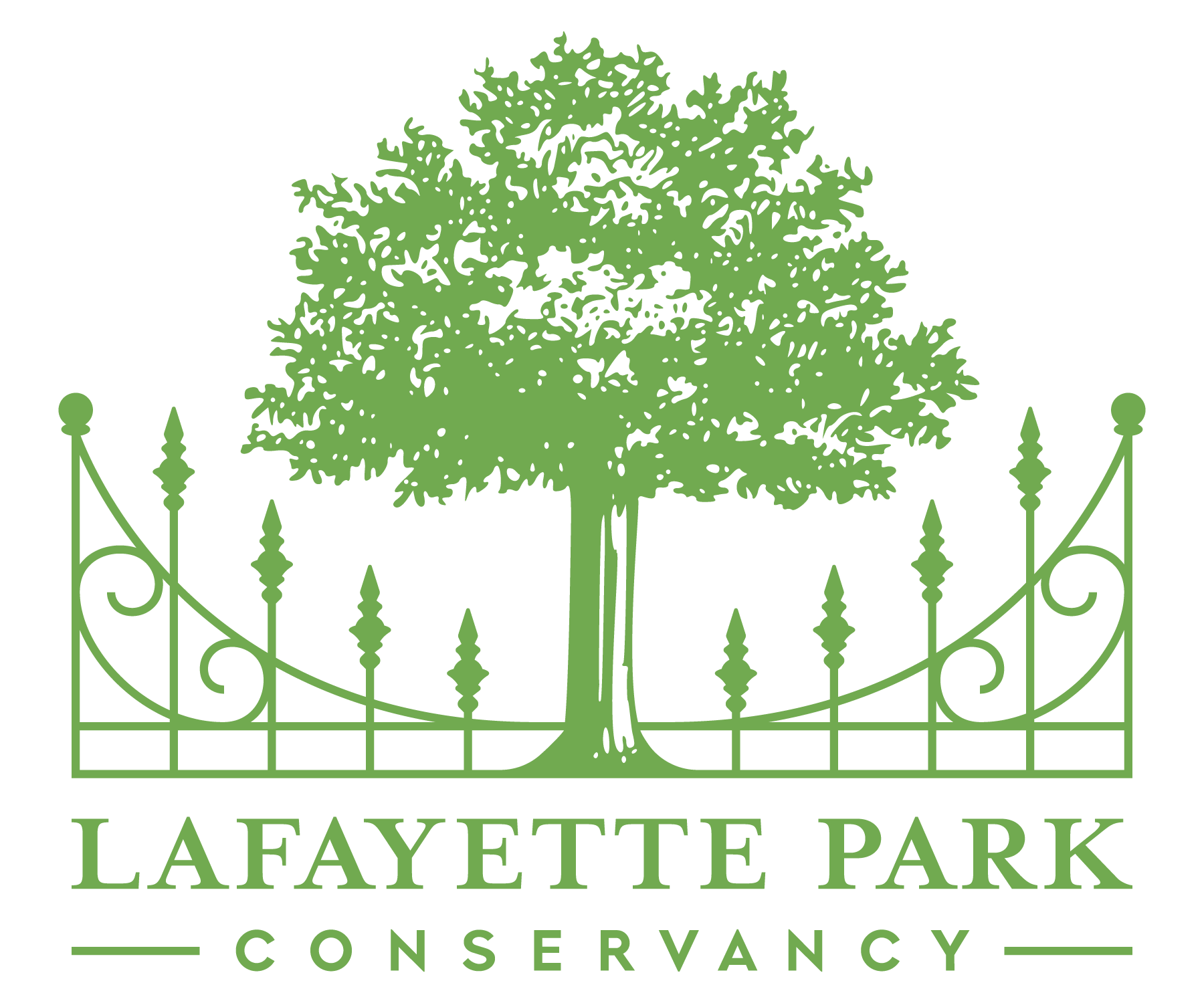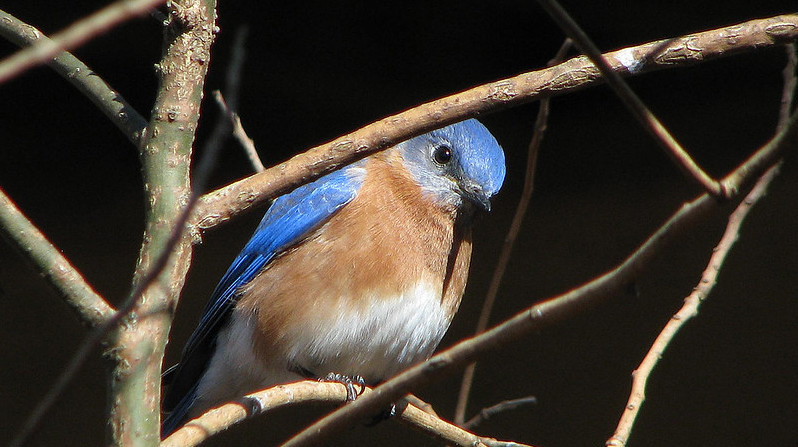BY KIERAN LINDSEY, PhD
Happiness is a shy little bird. Hiding from sight in life’s nooks and crannies, impossible to find if you look but then it darts out and lands on your shoulder just when you least expect it. It sidles up beside you like a pickpocket on a crowded street, soft and silent as wings brushing against your lapel. Hardly even noticed until something or someone causes it to flush in a flurry of feathers from beneath your jacket, taking with it a sizeable chunk of your heart. Try to grab hold as it flies away and the thief proves as elusive as dreams upon waking, slipping through your fingers like a shadow, like quicksilver.
The concept of happiness has been flitting in and out of my brain and my life for the past couple of months. This train of thought may have be set in motion by my birthday in early April, although it wasn’t a major milestone year, birthday-wise. America was still mostly locked down due to Covid-19 and I had too much on my plate at the time to leave much room for cake. As such, for the second year in a row there wasn’t any kind of celebratory gathering but I did take a little time to acknowledge the day and do some thinking. New Year’s Day may be the culturally accepted time to contemplate one’s short- or long-term past and make plans for the year to come but I’m not much for following the crowd. Besides, I’m a biologist so for me the vernal equinox is the start of a new trip around sun and a reason to reflect.
Then again, maybe I’ve had happiness on my mind because the bluebirds have returned.
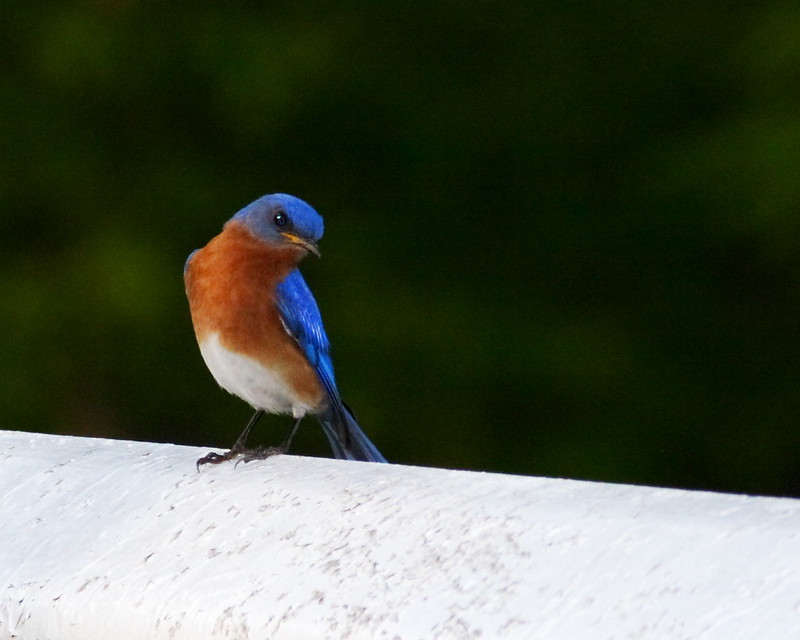
I’ve been noticing Eastern Bluebirds (Sialia sialis) as my terrier-boy and I orbit Lafayette Park on our morning walks. At other times in my life, while living in other parts of the U.S., I’ve watched spring come to town on the wings of both Western (S. Mexican) and mountain bluebirds (S. currucoides). These feathered pieces of sky that flash across the landscape with shallow wing beats never fail to lighten my mood and, at times, have even lifted my heart when it was heavy with grief.
Members of the Turdidae family (aka thrushes), Bluebirds are related to that other famous spring harbinger, the American robin (Turdus migratorius). All three Sialia species are easy to spot and identify even though, as fruit and insect eaters, they’re infrequent visitors to seed-filled feeders (but they will partake of suet). The males are clad in some combination of vivid blue with red and/or white, and their mates wear less conspicuous versions of the same plumage.
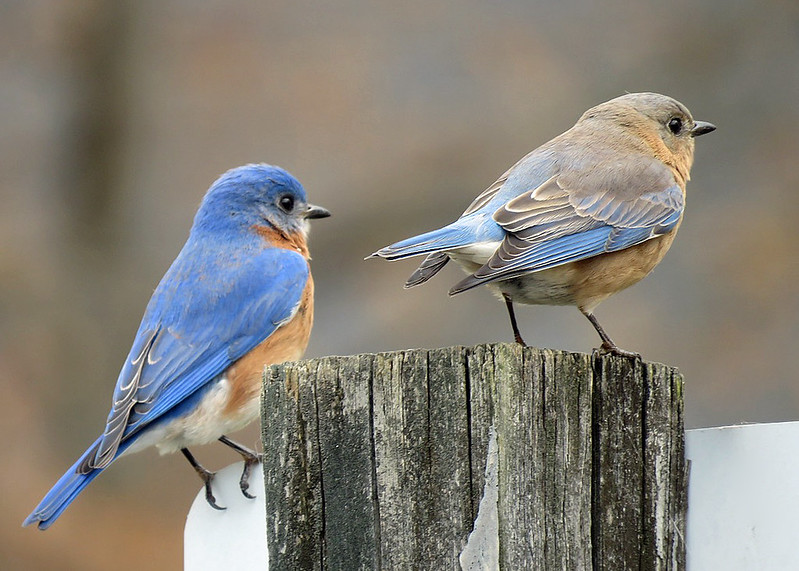
Efforts to ensure this popular bird’s continued breeding success began with the recognition that they were struggling in the face of competition from introduced species such as the European starling (Sturnus vulgaris) and house sparrow (Passer domesticus), as well as reduced access to nesting habitat. By building, installing, monitoring, and maintaining special nest boxes, handy men, women, and children across the U.S. have been crucial to the species’ recovery.
Bluebirds have long symbolized cheerfulness, health, prosperity, and renewal, although I’m not sure why. Their lives are far from easy or free of conflict. Males battle over breeding territories, chasing one another at breakneck speeds, grabbing each other by the feet in mid-air, smacking opponents with their wings as they try to pull each others feathers out with their beaks. They must defend nest cavities or boxes from a host of other birds, many of which are substantially larger. Once a nest site has been established, a mated pair may produce 2-4 broods per season—a task that requires foraging non-stop during daylight hours to find enough food to keep themselves and their offspring fed. If that were not challenge enough, Bluebirds undertake an exhausting and hazardous migration of up to 2,000 miles each autumn and spring.
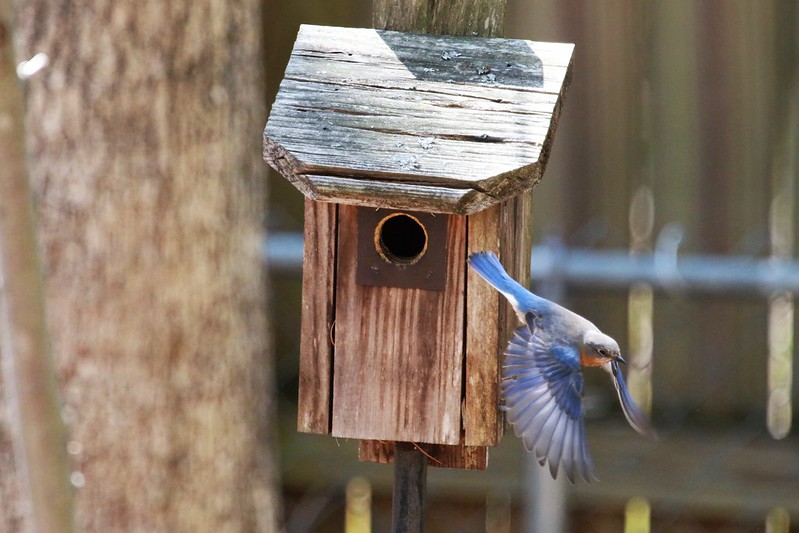
Despite these hardships, some sources claim the connection between azure-hued avians and happiness is global, albeit focused on bird species indigenous to each country or continent. One thing is certain—the notion, however it began, has been perpetuated in song and film. I have to wonder if any other bird has been as popular with songwriters and singers, starting with Bluebird of Happiness, a hit song in the early 1930s that may have ushered this phrase into the popular vernacular. Judy Garland probably helped things along when she sang of Bluebirds flying Somewhere Over the Rainbow. For those who like both their birds and their grass blue, there’s Lester Flatt’s Bluebirds Singing For Me. Paul McCartney, Buffalo Springfield, Bonnie Raitt and, more recently Christina Perri and Adam Green all feature Bluebirds on their playlist. Sara Bareilles’ poignant Bluebird tells of a different kind of migration, but my own favorite Bluebird tune, Birdhouse in Your Soul by They Might Be Giants, transports me to a happy scene, sitting at the kitchen table with my significant other in a lake house in remote northern Maine.
Emotions can be tricky to articulate and color can help paint a clearer picture. I get that. If a friend says she’s in the pink or he’s green with envy, you know the score even without the details (although you may still want to hear them). Red is, of course, the color of both anger and passion (perhaps those emotions have more in common than we might like to admit), and blue equals happiness—at least, that’s what a little bird told me.
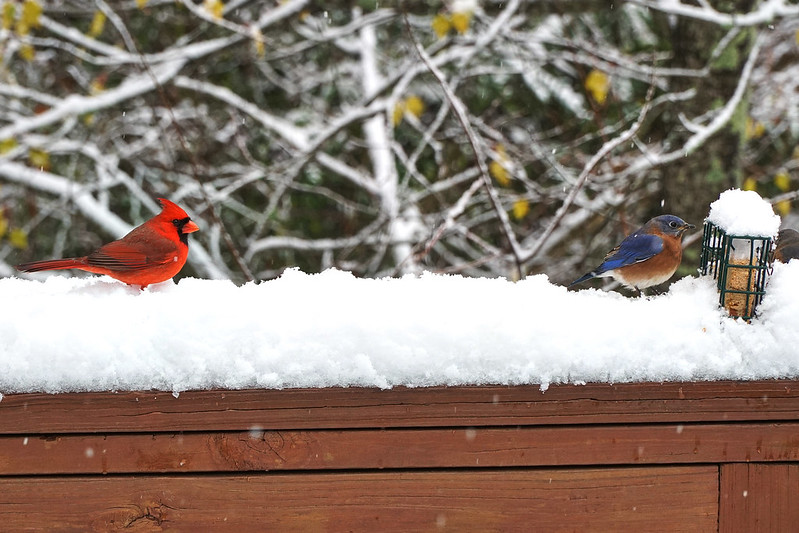
But does it? If I say I’m feeling blue you’re not likely to picture me in your mind’s eye singing in the rain a la Gene Kelly.
How did a single color come to represent both sides of the spectrum, sadness and joy? I wish I knew, but I’m not sure it matters in the long run. I do know this: happiness prefers an open palm to an iron grip. It doesn’t do well when caged. Like a wild bird, happiness needs to be free to come and go as it chooses. A full life requires both kinds of blue plus the full spectrum of other colors, and creatures. Winter and spring. Parting and reunion. If you want to have happiness in your life you must be willing to risk losing it, trusting that it will return as surely as Bluebirds in spring.
That’s the trade-off, the price you pay for the flutter of wings in your heart and stomach.
But worth every penny.
